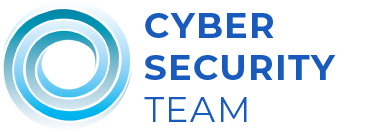Get in Touch
Get in Touch
Give us a call AUS: 1800 411 565 NZ: 0800 895 157 or fill out the contact form below:
Home »
Critical Controls
Our team can provide assessment of your systems to make sure you have the best and most up to date security.
View CERT NZ’s top ten critical controls for this year below:
This year’s critical controls
In the coming months, we’ll publish more details on the controls for 2019. For each control, we’ll provide:
- a page summarising the intent and success measures for business owners
- a separate page with implementation advice for practitioners

